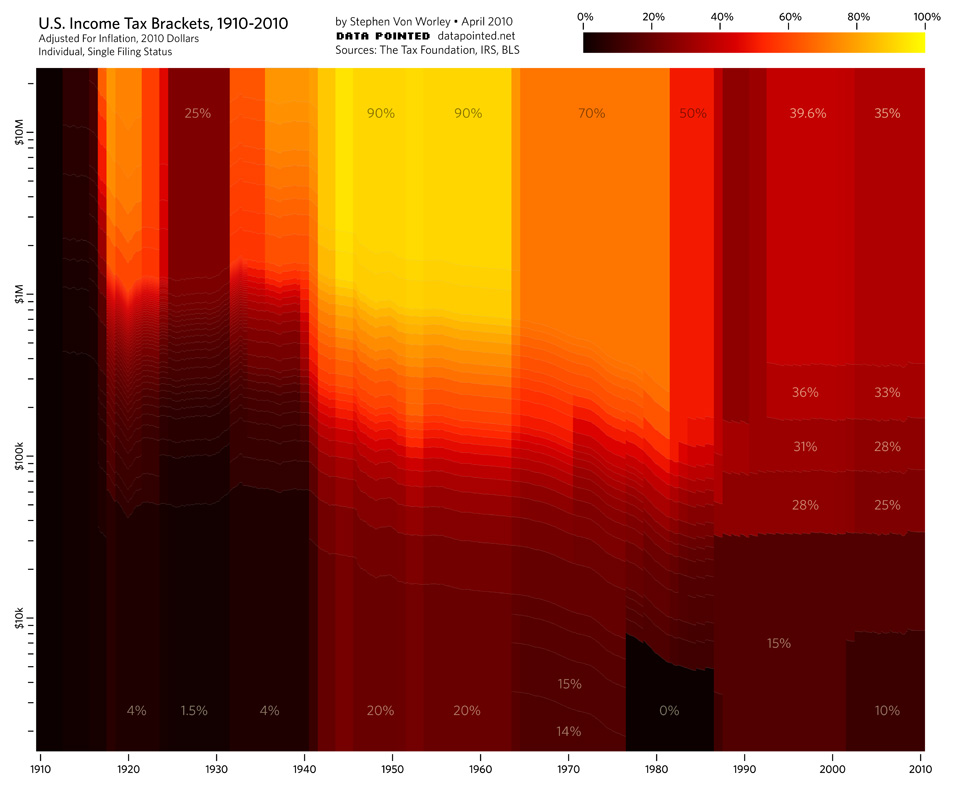


Form 540 2EZ Single | Joint | Head of household.Do not use the calculator for 540 2EZ or prior tax years. We make no representation or warranty of any kind, either express or implied, with respect to the data provided, the timeliness thereof, the results to be obtained by the use thereof or any other matter.Tax calculator is for 2022 tax year only. Tax, investment and all other decisions should be made, as appropriate, only with guidance from a qualified professional. It is neither tax nor legal advice, is not intended to be relied upon as a forecast, research or investment advice, and is not a recommendation, offer or solicitation to buy or sell any securities or to adopt any investment strategy. The content provided on Money.ca is information to help users become financially literate. Information and timely news from our team of trusted money specialists. To find out more about the credits available, consult your province or territory’s website. These can be used to reduce the amount of tax that you might owe, or increase the refund you receive. When you deduct 15% of the personal amount, the amount payable is reduced to $7,790.70Įvery province and territory has their own tax credits. In the case of the basic personal amount, this means that you can reduce your taxes payable by $2,159.70 (15% of $14,398).įor example, if you make $62,000 a year, your federal income tax payable is $9,950.40. Taxpayers are allowed to claim 15% of their non-refundable tax credits. The basic personal amount for the 2022 tax year is $14,398. One deduction that is automatically applied when you file your taxes is the basic non-refundable tax credit, or personal amount. Everything from RRSP contributions, to charitable donations, to medical expenses can be deducted. There are various ways to reduce the amount you might owe. The less you have to pay in taxes, the more income you get to hold on to. Notifies you when your favorite items go on sale.Compares over 1000 merchants to give you the best price.Automatically finds you the best coupons to use.When combined with the federal tax of $9,950.40, the total amount payable in taxes would be $16,669.88. The total provincial income tax owing would be $6,719.48 To demonstrate, if you made $62,000 in 2022 and lived in Newfoundland, you would pay the following in provincial income tax: Here are the provincial and territorial income tax rates for 2022 Province/Territory In all other provinces and territories the taxes are submitted together. In Quebec, you must file two separate returns: one for federal tax and one for provincial. What are the provincial and territorial tax brackets in Canada? You have tax credits from things like tuition or investments you want to carry forward to other yearsĪnd of course, if the CRA has requested that you file a return, you have to do so.You have self-employment income or other eligible earnings on which you pay EI premiums.You have to contribute to the Canada Pension Plan (CPP).You are required to repay all or part of your employment insurance (EI) benefits, your old age security (OAS) benefits, or your Canada recovery benefit (CRB).You are splitting pension income with your spouse or common-law partner.For instance, you won’t be able to take advantage of the Canada child benefit or the GST/HST benefit if you don’t file your federal income tax. No matter your income level, if you don’t file your taxes, you will be unable to access various tax credits and benefits. In Canada, you must file taxes if you lived and worked in Canada the previous year. The money collected goes toward paying for things like education, health care and other services. The amount of tax you pay is based on your income for the tax year. The federal income tax rate is consistent across the country, but as the name suggests, provincial and territorial rates can vary depending on where you live.

In Canada, you are required to pay both the federal income tax and the provincial (or territorial) income tax of your place of residence.


 0 kommentar(er)
0 kommentar(er)
